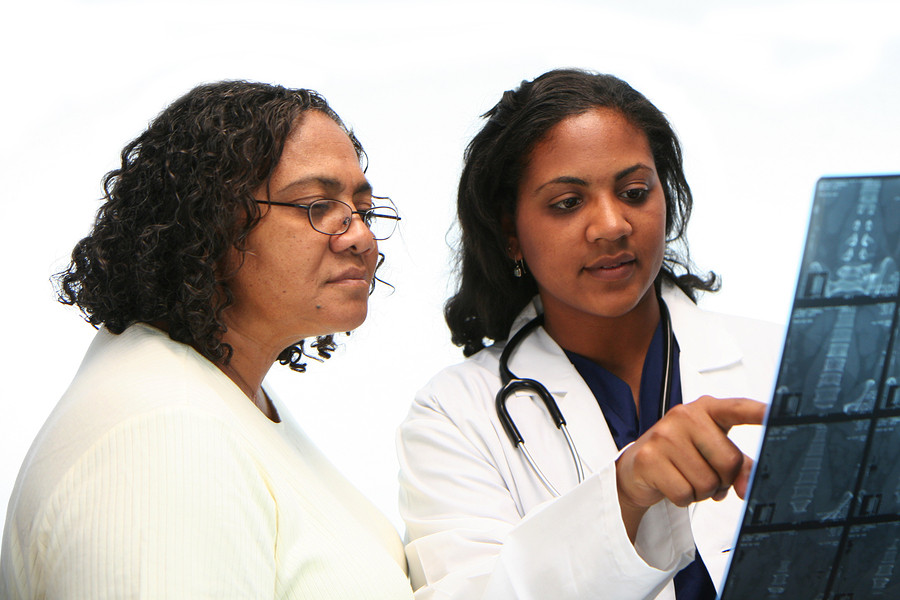If a New Blood Test Can Detect EDS, Will Doctors Even Use It?
/By Crystal Lindell
New research points to a potential blood test for hypermobile Ehlers Danlos syndrome (hEDS). But even if the test becomes a reality, I’m skeptical that doctors will use it wisely.
The study, recently published in the American Journal of Medical Genetics, was funded by the Ehlers-Danos Society. It identifies potential blood-based biomarkers that could help diagnose hEDS, as well as hypermobility spectrum disorders (HSD).
Researchers examined blood samples from 466 adults, including 94 diagnosed with hEDS and 80 with HSD, and found a protein (fibronectin) with a unique pattern in every participant with hypermobility.
“The study revealed the presence of a specific 52 kDa fragment of fibronectin in the blood of every individual with hEDS and HSD. This fragment was notably absent in healthy controls, individuals with other types of EDS, and those with various kinds of arthritis,” the Ehlers Danlos Society explained.
“The consistent presence of the 52 kDa fibronectin fragment in individuals with hEDS and HSD suggests a possible common underlying pathophysiology.”
So basically they found a biomarker that seems to only show up in people with hypermobility, and they are hoping to use this biomarker to create a blood test. The identification of these fragments could lead to the development of the first blood test for hEDS and HSD, providing a more reliable diagnostic tool for healthcare providers.
In theory, this is good news. A blood test would help more people get an hEDS diagnosis, since it’s seemingly more straight-forward than the physical evaluation and family history used to diagnose hEDS now. It currently takes an average of 12 years before someone gets an EDS diagnosis.
However, I’m skeptical about how a blood test would be used in practice.
Something I always think about is how visually obvious it is that my joints hyperextend. Any doctor who met me should have been on the alert for hEDS within five minutes. And yet, it still took years for me to get evaluated for EDS, and even then it only happened because I pushed for it.
Shortly after I was diagnosed, I mentioned it to a nurse who I’d been seeing regularly for months for lidocaine treatments and she said, “Oh yes, your elbows do overextend. I see that.”
Okay, well if you can see it that easily, why hadn’t you ever bothered to look for it? Why did I have to spend months researching EDS myself, and then bring it up to doctors who had never even mentioned it as a possibility?
If doctors and nurses ignore obvious visual markers now, I don’t have much faith that they’ll be proactive in ordering something more arduous like a blood test.
Not to mention that once there’s a blood test for something, it’s often treated by doctors as both infallible and the end point of evaluation. This happens regardless of how reliable the blood test even claims to be.
I still remember sitting in an emergency room in my 20’s in extreme pain while the doctor looked me in the eye and said, “It’s definitely not your gallbladder. The blood work for that came back normal.”
Yeah, but it turned out it was my gallbladder. I was having a gallbladder attack caused by gallstones, which showed up on an ultrasound that I finally got a couple months later.
But that particular blood test isn't very accurate when it comes to diagnosing gallbladder attacks, as an article from Merck Manual explains: "Laboratory tests usually are not helpful; typically, results are normal unless complications develop."
Whether or not that ER doctor knew that the gallstone blood test was unreliable doesn’t really matter at the end of the day, because he presented the information to me as though the blood test was a perfect indicator – and I believed him.
The result was that I spent months after that enduring additional gallstone attacks, while waiting for another doctor to override him and order the ultrasound.
Another time, a medication I was taking was causing excessive bruising on my legs, to the point that there was more black and purple than skin tone. My then-doctor ran blood work and said that “everything was normal.”
So again, the blood test resulted in a faulty conclusion, because something was definitely abnormal.
A few years later, when I was finally diagnosed with hEDS, I realized that one of the symptoms is heightened bruising, and thus the medication I had taken had sent that into overdrive. EDS bruising does not always show up in blood tests because it’s not caused by the same factors that cause bruising in other patients.
If my then-doctor had taken the time to look at the visually obvious bruising on my legs and decided to override the “normal blood work” results, maybe I would have been diagnosed with EDS sooner.
Make no mistake, I’m glad that there is ongoing research into a blood test for hEDS, and I hope we eventually get one and that it will lead to more people finally being diagnosed.
It’s just that I don’t have as much faith in doctors as many of them seem to have in blood tests. So I remain skeptical about how it would actually be used in practice.









